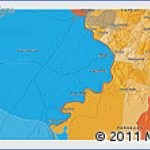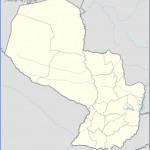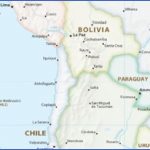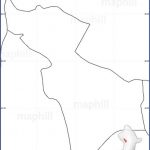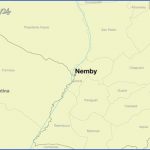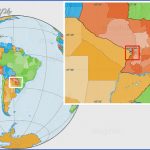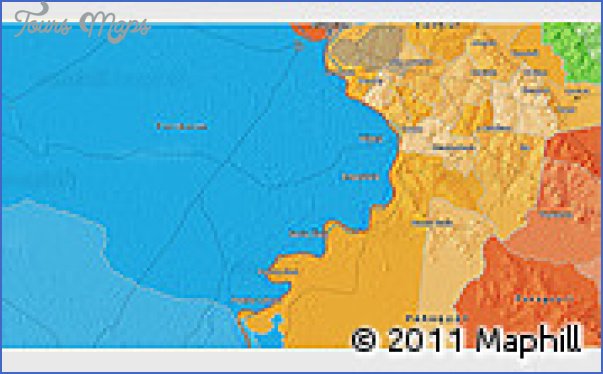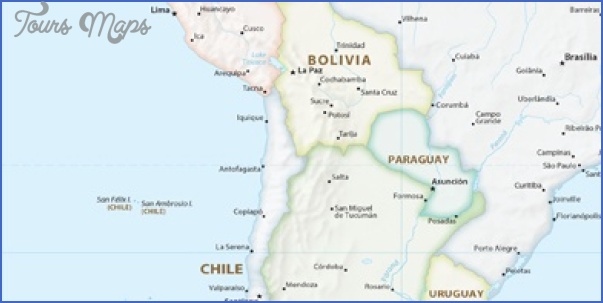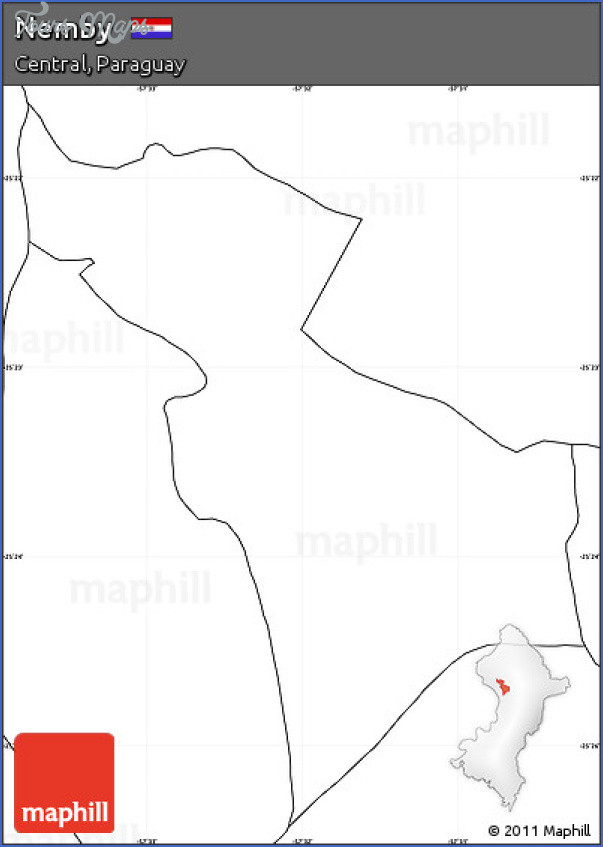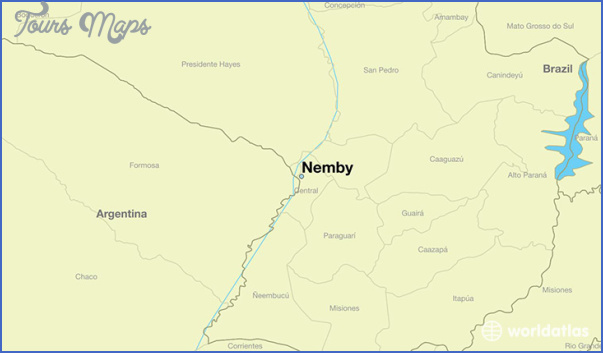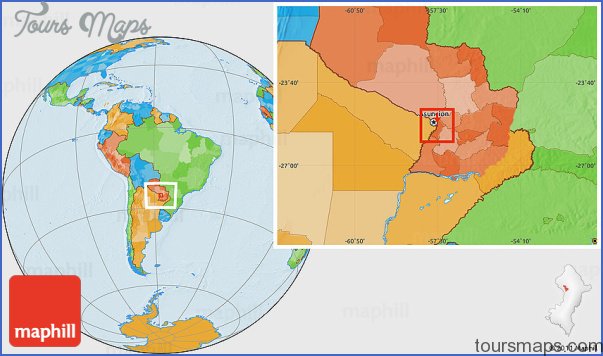Essential Reading
Written in both English and Spanish, Peter T. Clark’s Guide to Paraguay’s National Parks and other Protected Wild Areas is essential reading for anyone interested in exploring Paraguay’s natural resources – especially for those who want to venture off on their own.
Birding
As a birding destination, Paraguay falls under the radar, overshadowed by Latin America’s more touristy areas. However, birding enthusiasts (both amateur and professional) will find the country is an extremely exciting place to visit, binoculars in hand. The country’s small size and variety of ecosystems mean that even a short itinerary is likely to result in a long and varied list of sightings. Paraguay is home to over 670 species of birds and there are 57 important birding areas covering 3,325,000 hectares. Paraguay is also an important stopping point for migratory birds. Over 40 species are neotropical, and over one hundred are austral migrants. Jabiru, pink flamingoes, and spoonbills abound in the Chaco, the country’s most popular birding area. The Atlantic forest is home to Paraguay’s national bird, the increasingly rare bell bird (see Guyra Campana), the harpy eagle, and several species of toucans. Another fascinating bird watching area is the Cerrado region, one of two sites in Paraguay (and three worldwide) where the White-winged Nightjar is likely to be spotted. Bird Life International has an excellent report on Paraguay’s bird species available in a PDF format at www.birdlife.org.
There are only a handful of options for birders wishing to take guided birding tours. Guyra Paraguay, which is partnered with Bird Life International and the World Land Trust, is considered the national authority on birding (guyra means bird in Guaram). They organize birding trips throughout the country and have two birding lodges – one in the Atlantic Forest (see Guyra Kanguery Birding Station) and one in the Pantanal (see Los Tres Gigantes Field Station). In addition, Guyra Paraguay has several publications including Guia Para la Identificacion de las Aves de Paraguay, to date the most comprehensive field guild to Paraguay. Another excellent resource for birding trips is Fauna Paraguay, run by nature enthusiast Paul Smith. Paul leads groups throughout the country and the Fauna Paraguay website is full of extensive information about Paraguay’s wildlife, including birds. Paul often works with Hugo del Castillo, another well known guide much sought after by experienced birders (see Guided Tours for more information on both organizations).
The country’s lack of tourism infrastructure means birding tours do not offer the level of comfort that more established birding destinations have. Most birding tours involve stays at a combination of private nature reserves and national parks. Rooms are basic and often times dorm-style with bunk beds and shared bathrooms. Before booking a trip, double check what type of transportation will be used – comfortable vehicles with air conditioning may increase trip costs but are worthwhile expenses. Though forgoing a private tour requires more legwork, birders on a budget can enjoy Paraguay’s bird life on their own. Laguna Blanca, a popular birding spot in the Cerrado ecosystem, is reachable by public transportation. Those who wish to visit the Procosara lodge, Guyra’s Kanguery lodge or the Mbaracayu lodge, all in the Atlantic Forest, will be able to take public transportation most of the way and arrange for a lift for the last bit. Filadelfia, in the Chaco, can be reached by bus, and from there one can pay a local guide for a day trip to one of the nearby salt lagoons where flamingos and jabiru storks can be found. The bay of Asuncion is an official important birding area and is the easiest area to access. Chaco’i, at the southern tip of the Paraguayan Chaco is another good place to bird and it’s only a 20-minute water taxi ride from Asuncion. Locals tend to have good knowledge of birds, and by asking around, you may be able to find someone willing to accompany you on a walk through the countryside or on a boat trip down a nearby river to point out popular species. Keep in mind however, that most Paraguayans (even official birding guides) tend to refer to birds by their Guaram, rather than scientific, names. Nature enthusiasts should come equipped with their own binoculars if possible.
Nemby Map Photo Gallery
Maybe You Like Them Too
- The Best Cities To Visit in The World
- World’s 10 Best Places To Visit
- Coolest Countries in the World to Visit
- Travel to Santorini, Greece
- Map of Barbados – Holiday in Barbados

